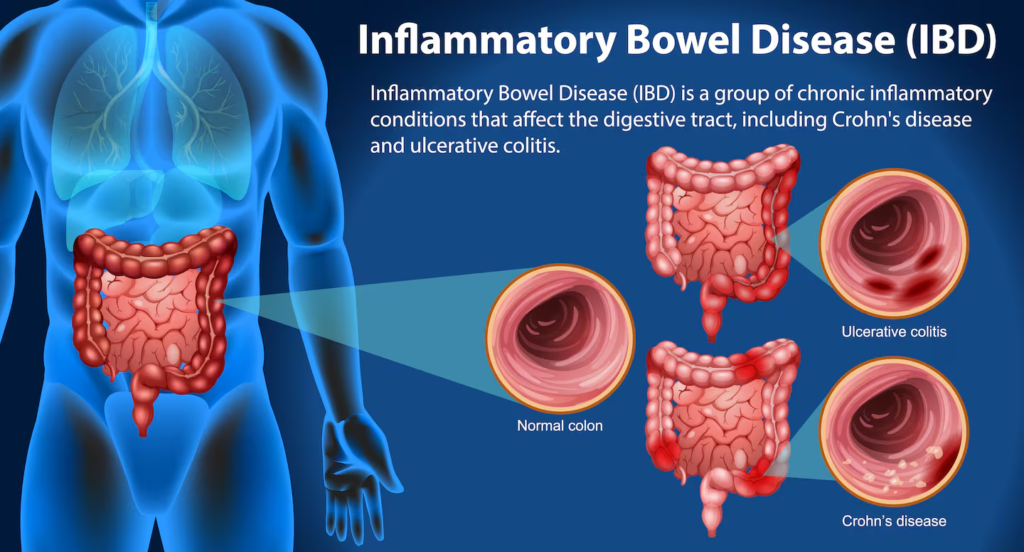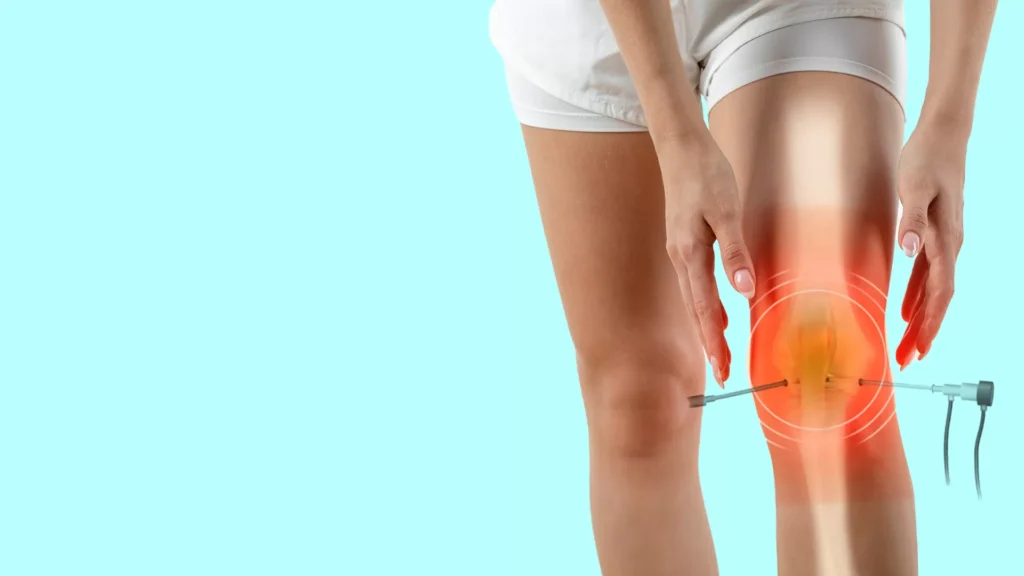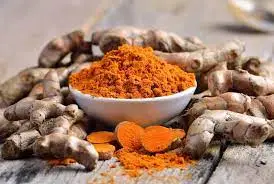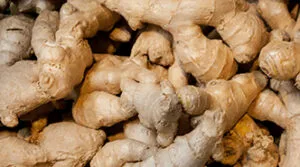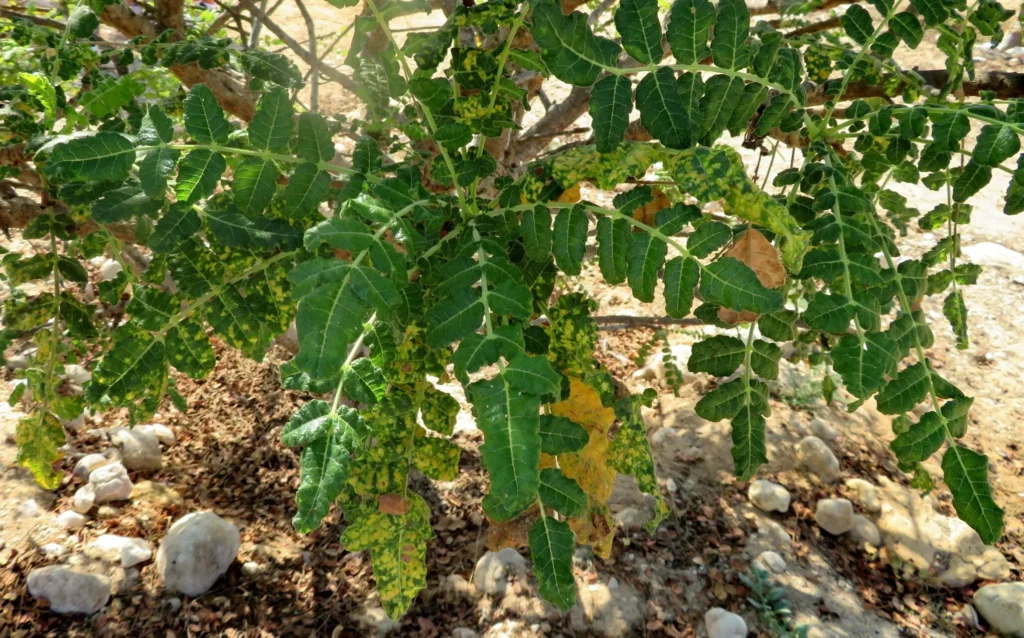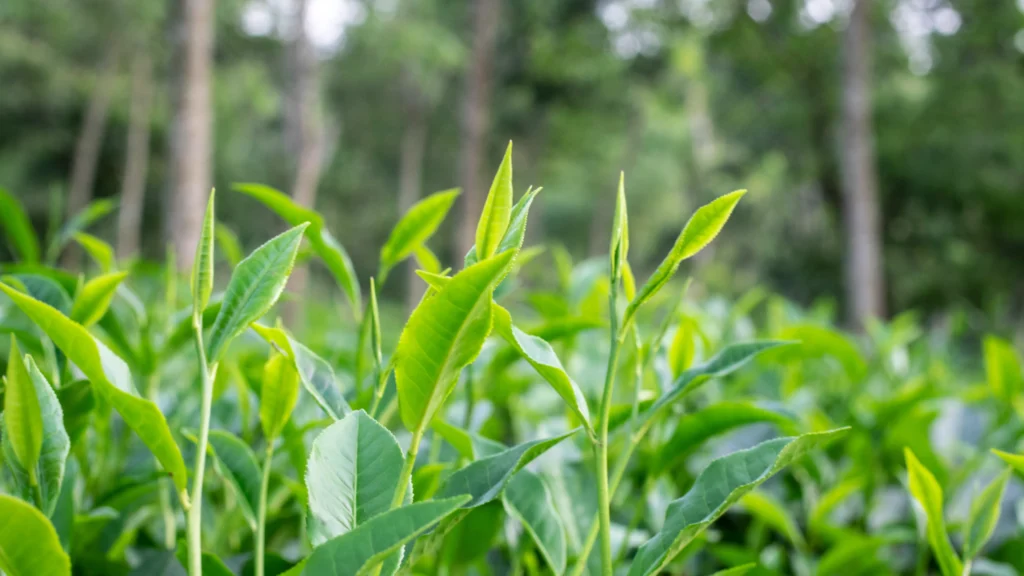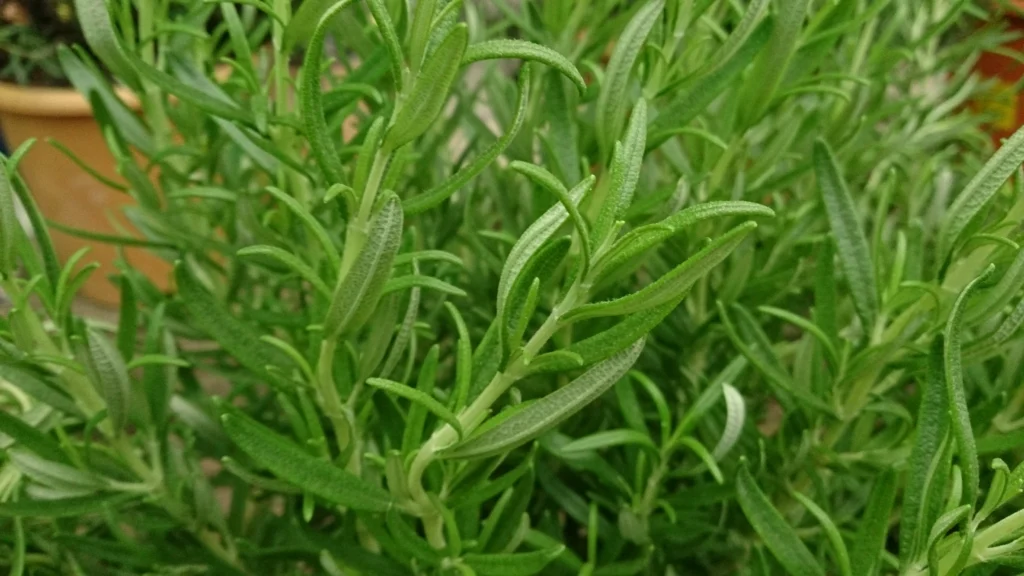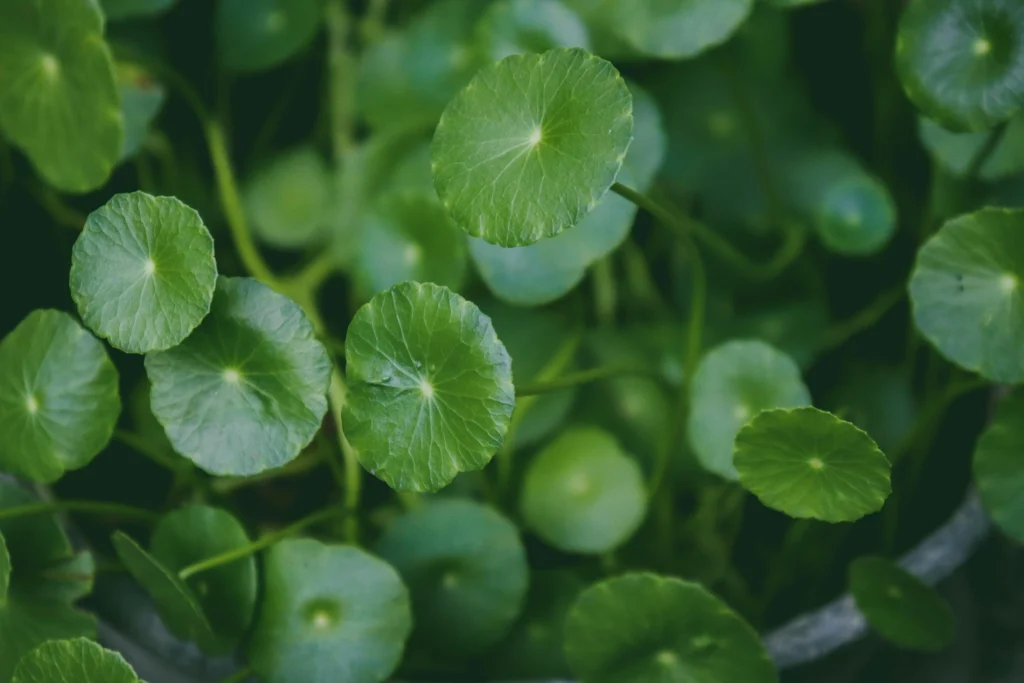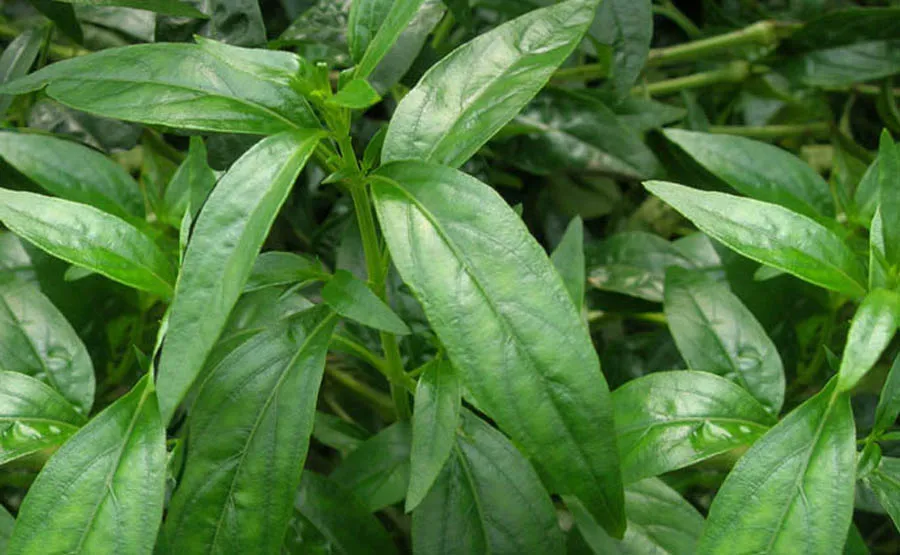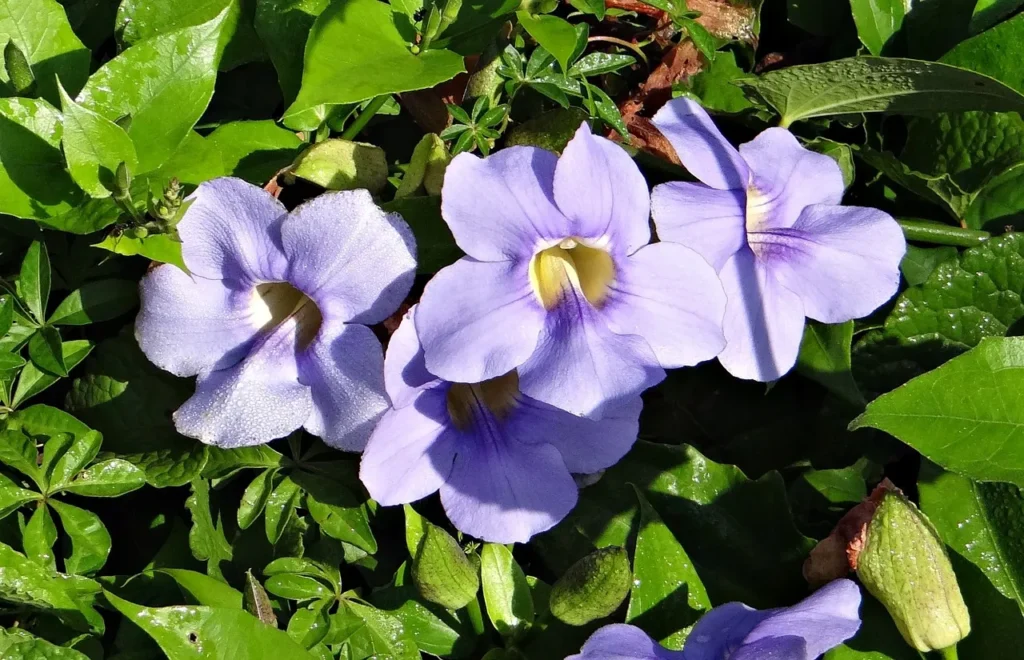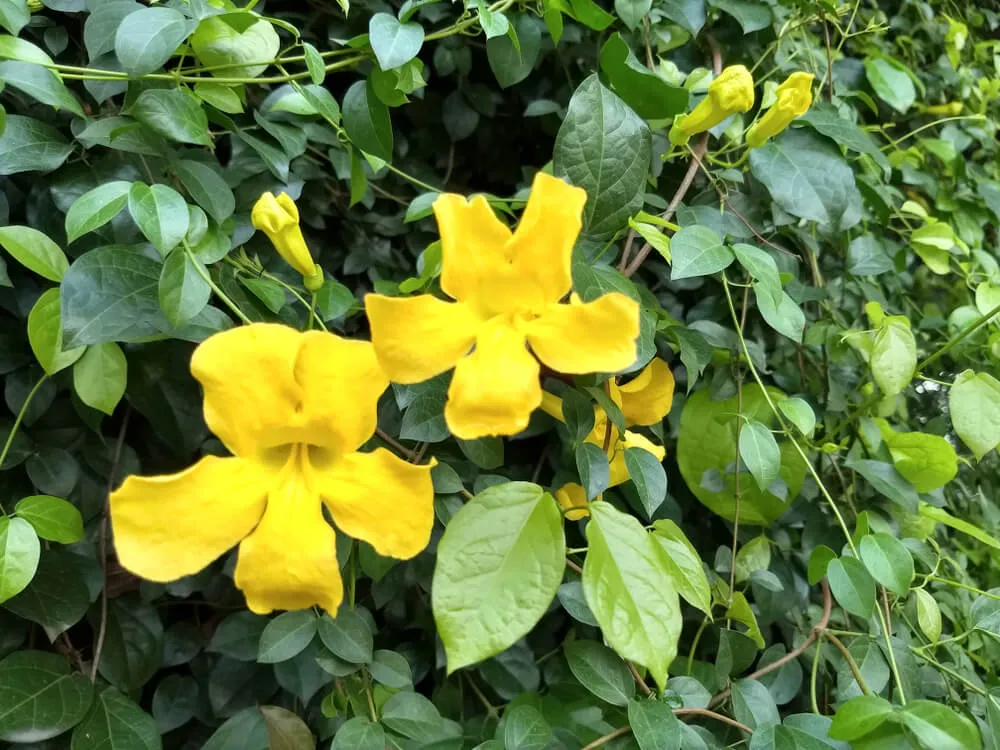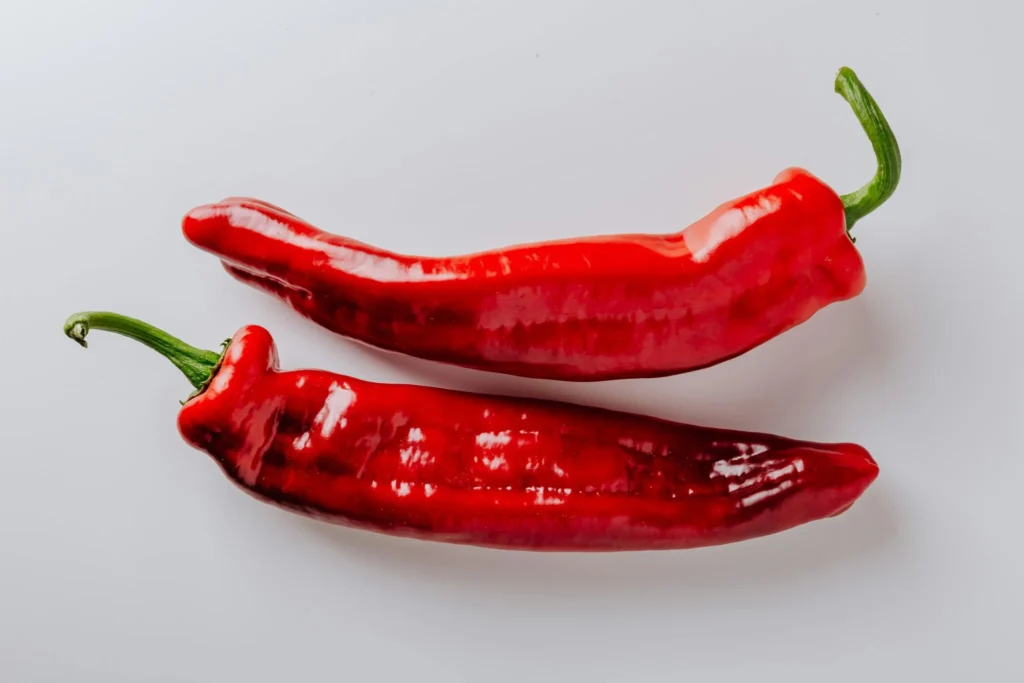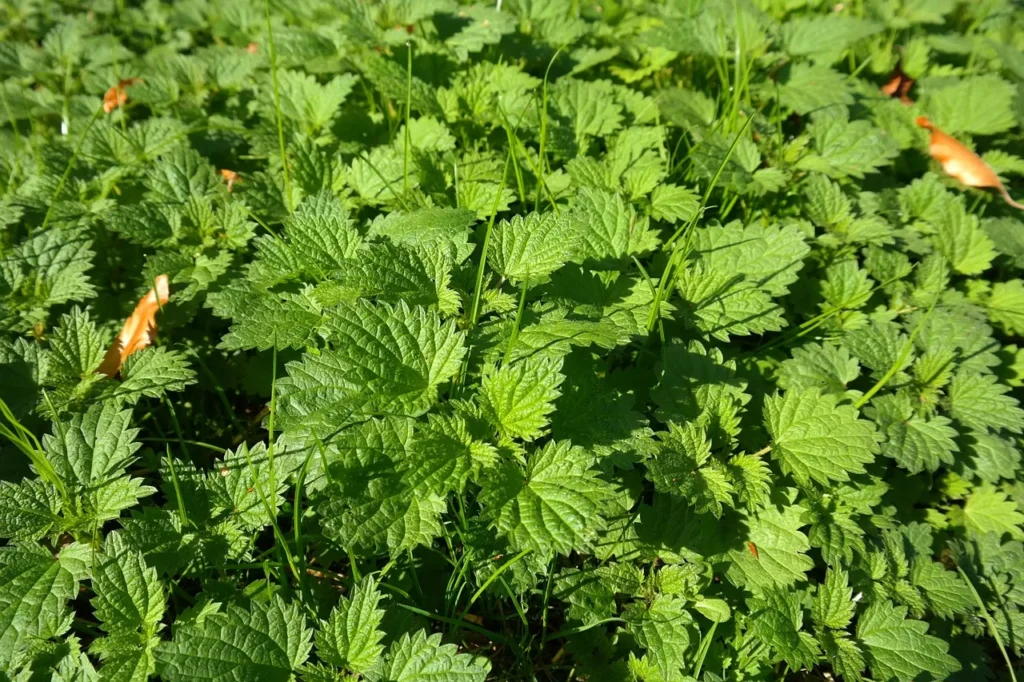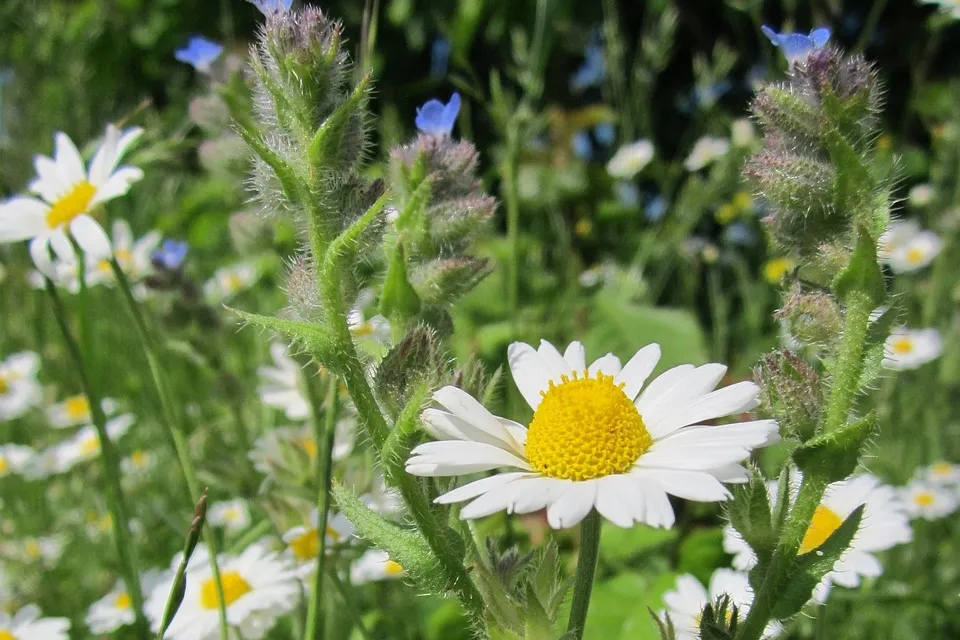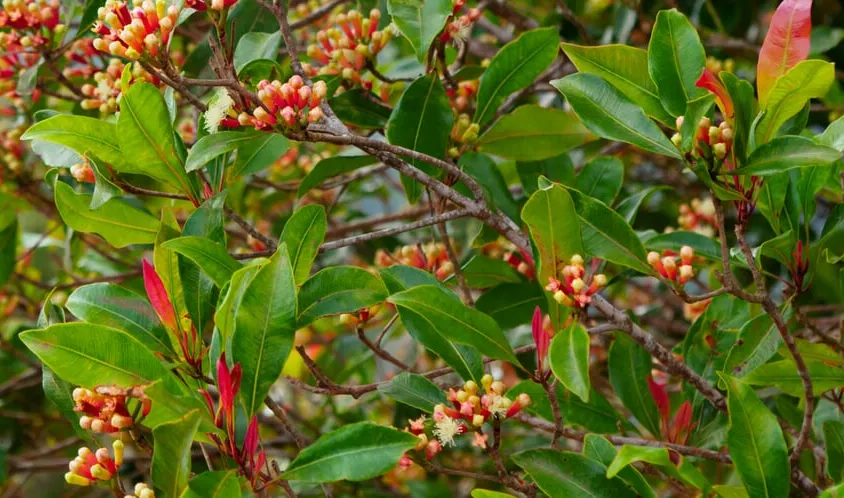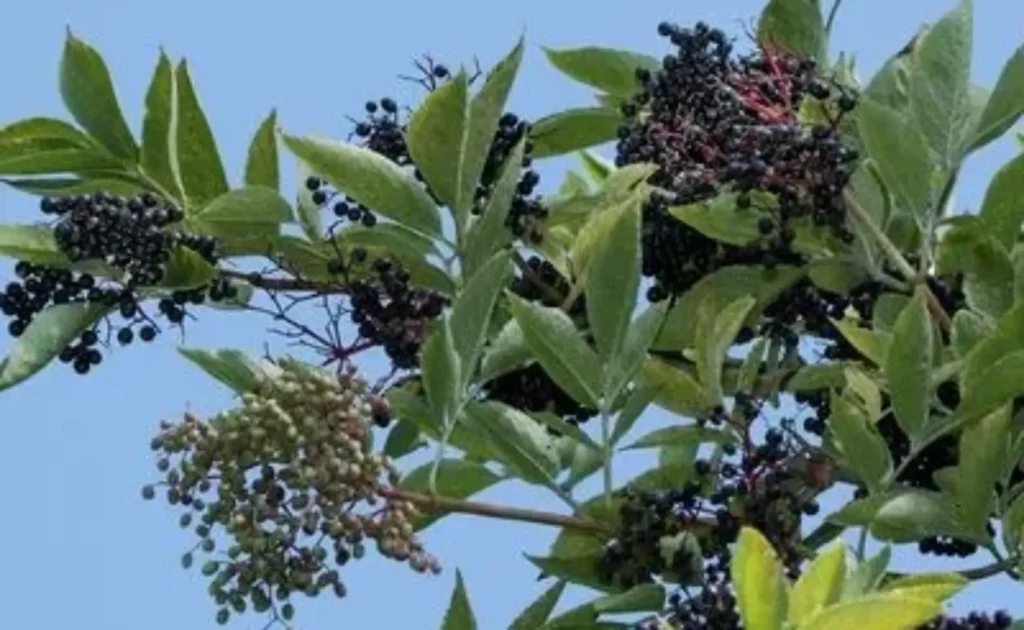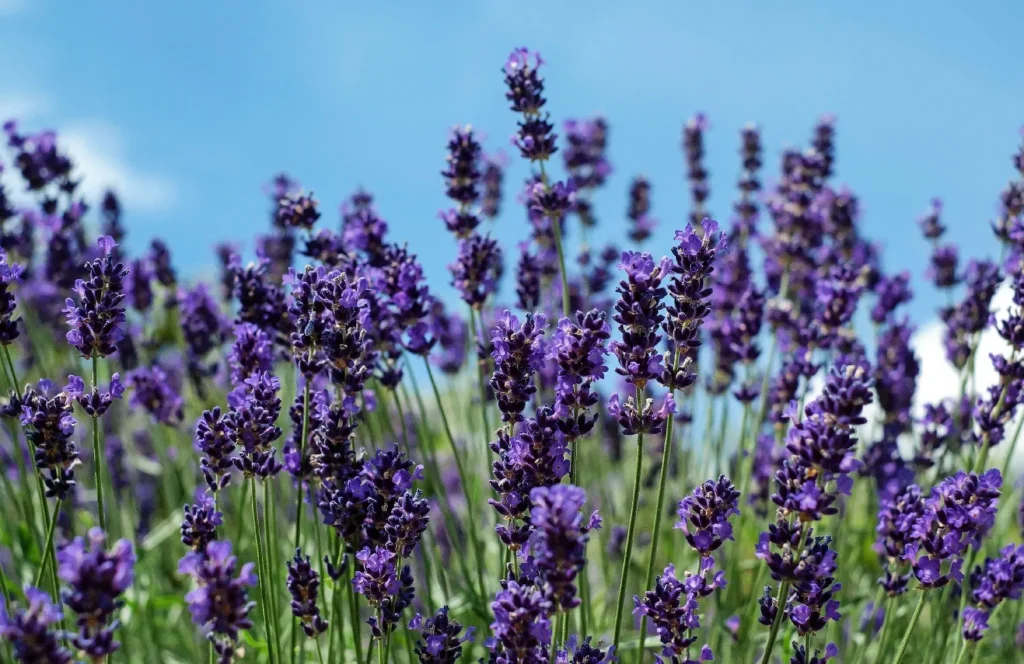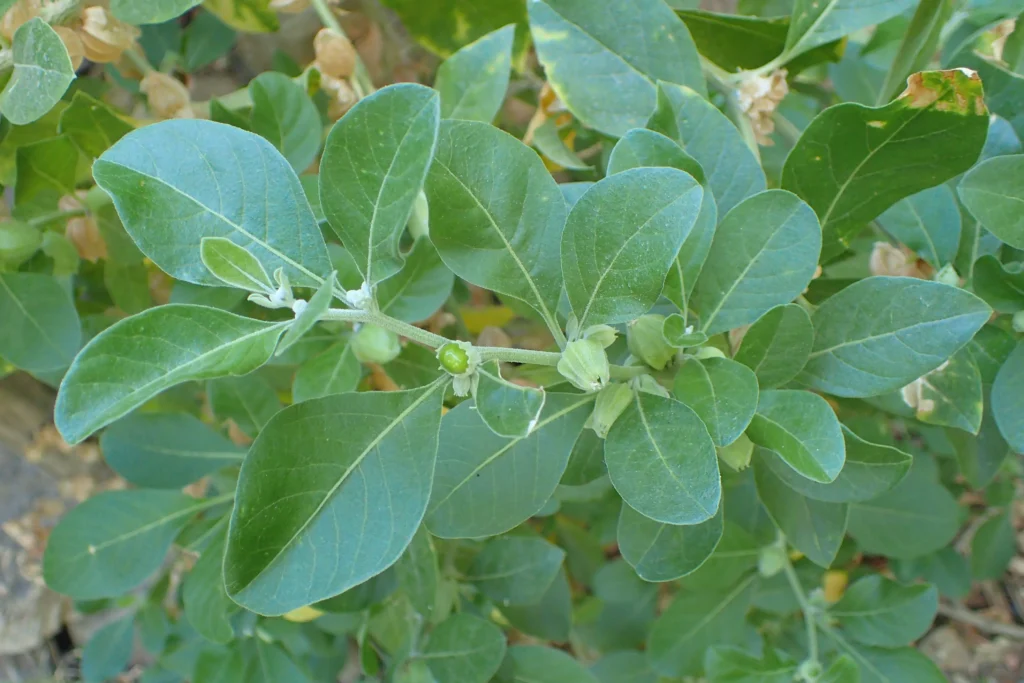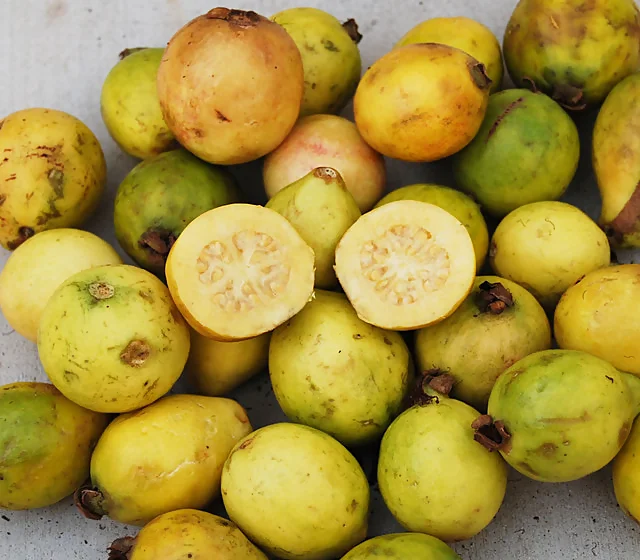Contents
- 1 31 Natural Herbs That Effectively Treat Inflammation
- 2 Understanding what is inflammation
- 3 List of 31 Natural Herbs That Effectively Treat Inflammation
- 4 Types of Inflammation
- 5 Common Signs You May Have Chronic Inflammation
- 6 How Herbs Combat Inflammation
- 7 Top 31 Anti-Inflammatory Herbs
- 8 1. Turmeric (Curcuma longa)
- 9 2. Ginger (Zingiber officinale)
- 10 3. Holy Basil (Tulsi)
- 11 4. White Willow Bark
- 12 5. Boswellia (Frankincense)
- 13 6. Green Tea
- 14 7. Rosemary
- 15 How to use se rosemary
- 16 8. Devil's Claw (Harpagophytum procumbens)
- 17 Best Applications:
- 18 Dosage:
- 19 Cautions:
- 20 9. Gotu Kola (Centella asiatica)
- 21 10. Stephania Root (Stephania tetrandra)
- 22 Dosage:
- 23 11. Andrographis (Andrographis paniculata)
- 24 12. Thunder God Vine (Tripterygium wilfordii)
- 25 13. Cat's Claw (Uncaria tomentosa)
- 26 14. Cayenne Pepper (Capsicum annuum)
- 27 15. Stinging Nettle (Urtica dioica)
- 28 16. Licorice Root (Glycyrrhiza glabra)
- 29 17. Milk Thistle (Silybum marianum)
- 30 18. Oregano (Origanum vulgare)
- 31 Usage Tips:
- 32 19. Sage (Salvia officinalis)
- 33 20. Thyme (Thymus vulgaris)
- 34 21. Chamomile (Matricaria chamomilla)
- 35 22. Cinnamon (Cinnamomum verum)
- 36 23. Cloves (Syzygium aromaticum)
- 37 Benefits:
- 38 Usage:
- 39 24. Cardamom (Elettaria cardamomum)
- 40 25. Fennel Seeds (Foeniculum vulgare)
- 41 Active Compounds:
- 42 Benefits:
- 43 Usage:
- 44 26. Fenugreek (Trigonella foenum-graecum)
- 45 27. Echinacea (Echinacea purpurea)
- 46 28. Elderberry (Sambucus nigra)
- 47 29. Lavender (Lavandula angustifolia)
- 48 30. Calendula (Calendula officinalis)
- 49 31. Ashwagandha (Withania somnifera)
- 50 The Cortisol-Inflammation Connection:
- 51 Additional Benefits:
- 52 Conclusion
- 53 Frequently Asked Questions
- 54 What are the best herbs to treat inflammation naturally?
- 55 How long does it take for anti-inflammatory herbs to work?
- 56 Can you take multiple anti-inflammatory herbs together safely?
- 57 What's the difference between turmeric and curcumin for inflammation?
- 58 Are anti-inflammatory herbs safe to take with prescription medications?


